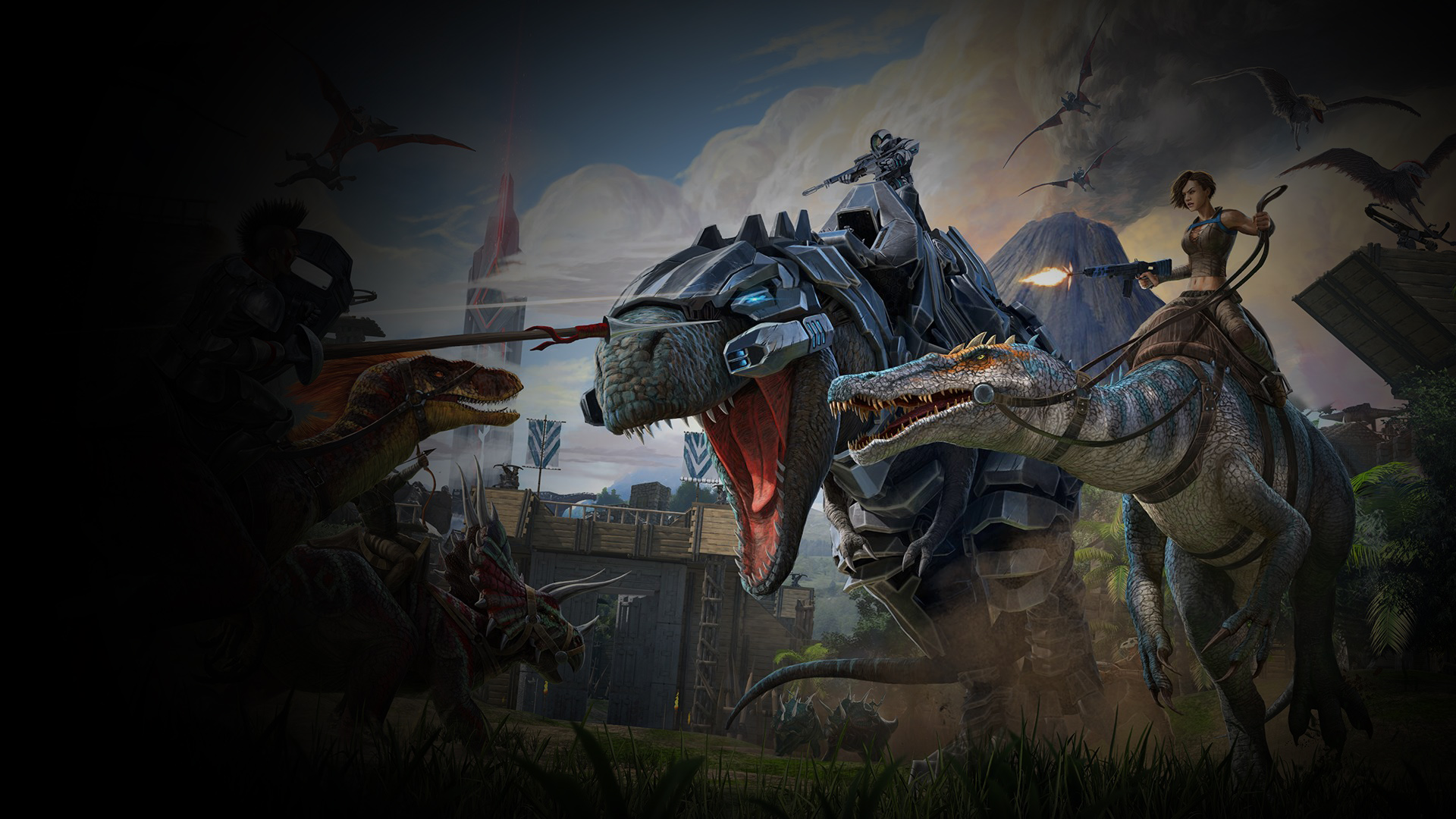
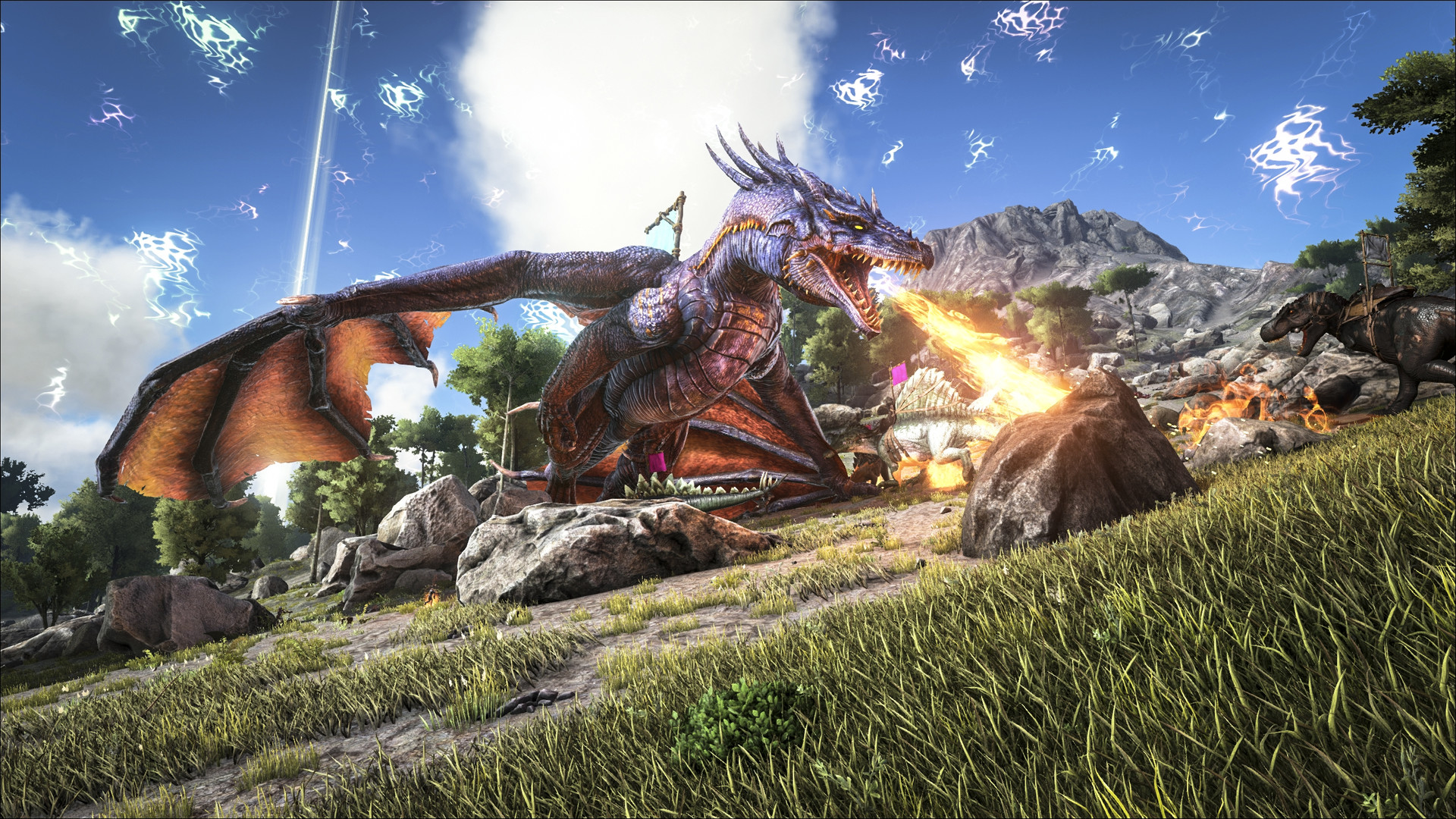
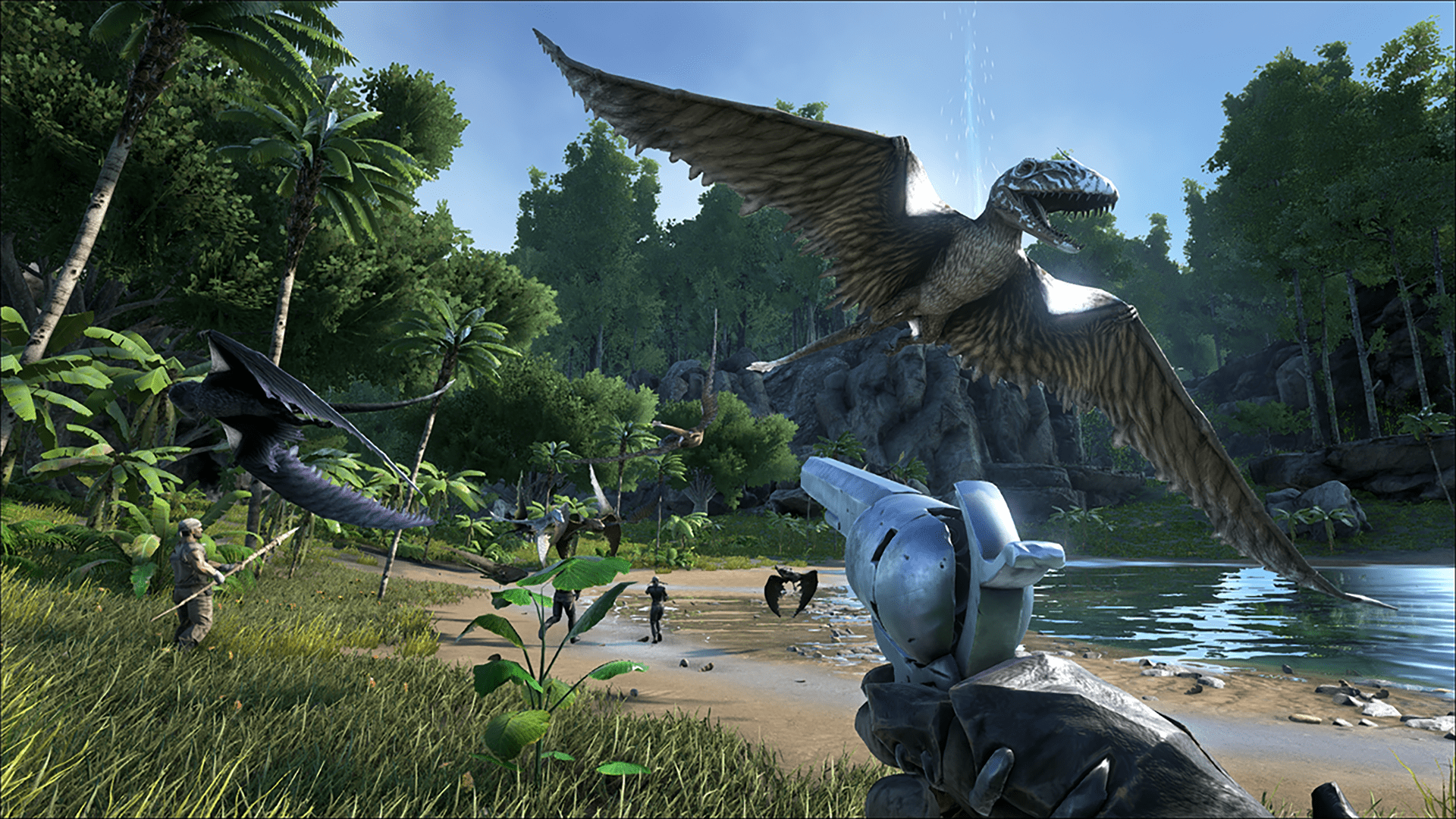
Ark: Survival Evolved
Studio Wildcard
2017
Unreal Engine 4
Action Adventure
Steam
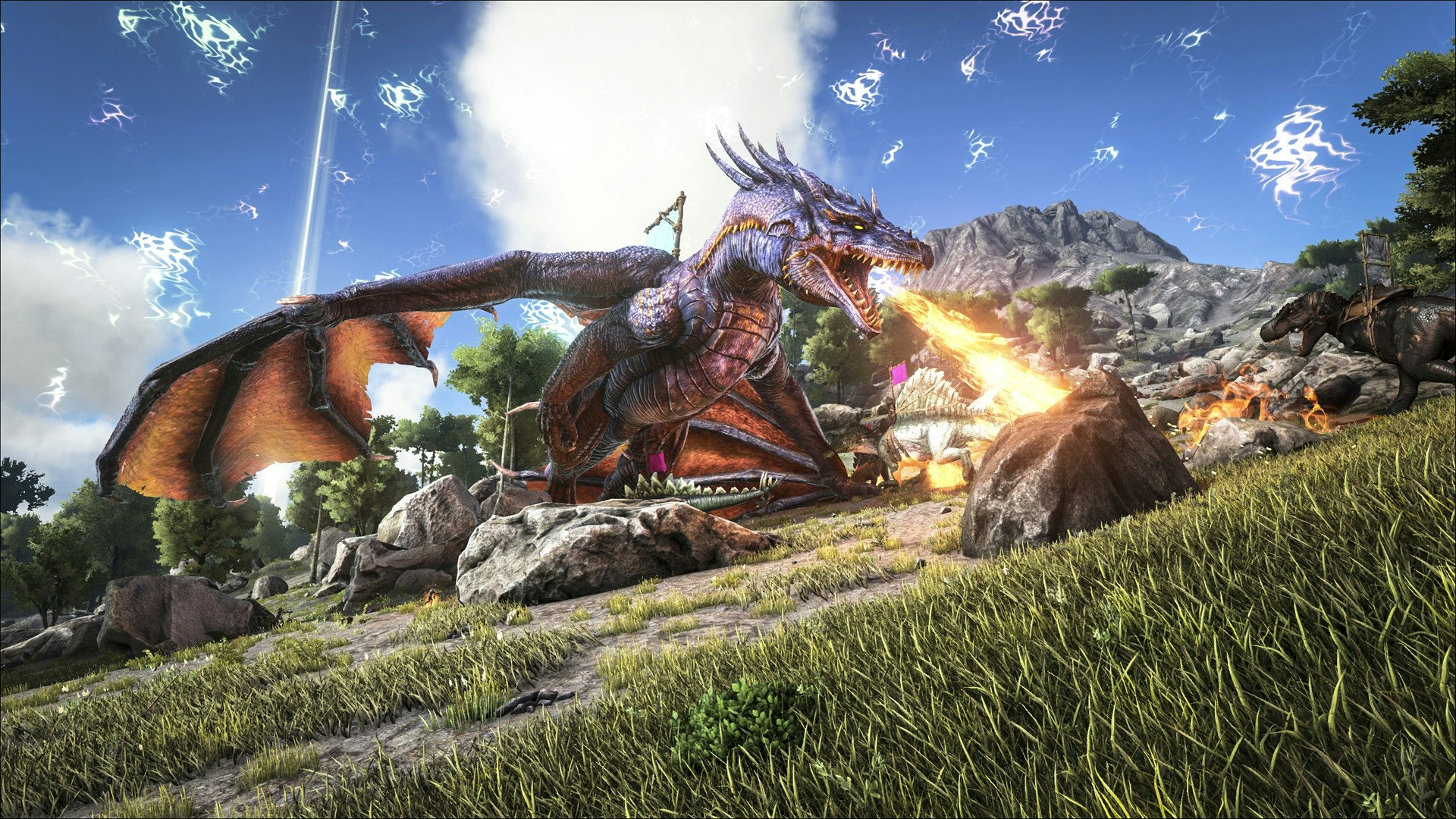
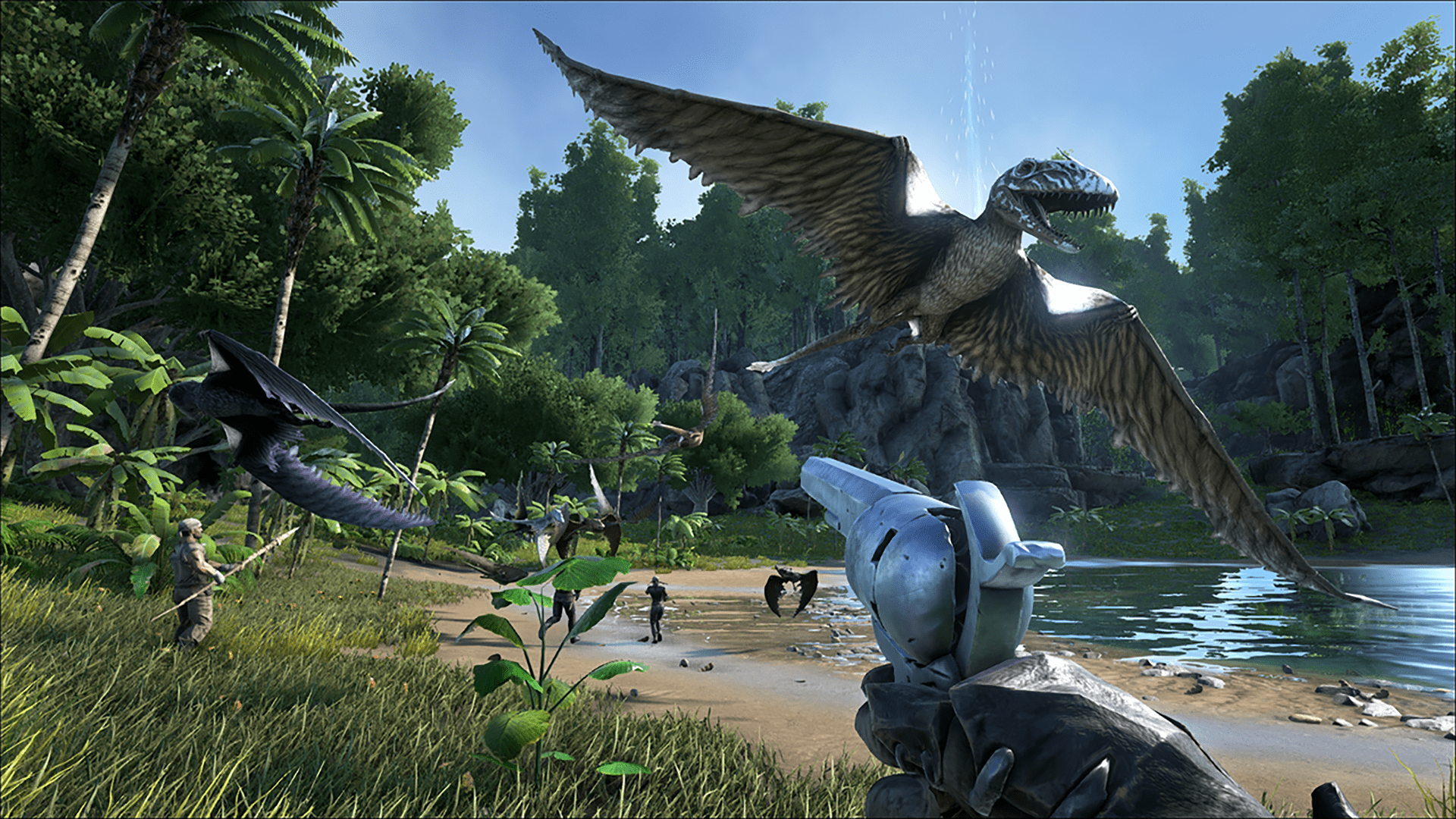
about the project
Adaptation - Abstraction Games worked on ARK while it was still in Early Access, which entailed a different process compared to a typical adaptation. Normally we would receive final material, and go to work on that. With a title still in development we had to handle the regular updates and incorporate them into our adaptation. Sometimes we even had the opportunity to fix issues which were not solved in the original game itself yet!
about the game
Ark: Survival Evolved immerses players in a mysterious prehistoric world filled with dinosaurs, natural hazards, and the ever-present challenge of survival. Stranded on the shores of a vast island, players must hunt, harvest resources, craft tools, grow crops, and build shelters to protect against roaming dinosaurs, other creatures, and potentially hostile human players. Taming and riding dinosaurs add a unique dynamic to exploration and combat, offering a thrilling blend of adventure and strategy.
Ark encourages both cooperative and competitive gameplay, allowing players to join tribes or fight for survival alone. With its rich ecosystem, complex crafting and building systems, and expansive world, Ark: Survival Evolved offers a deep, engaging experience that tests players' wits and will to survive.